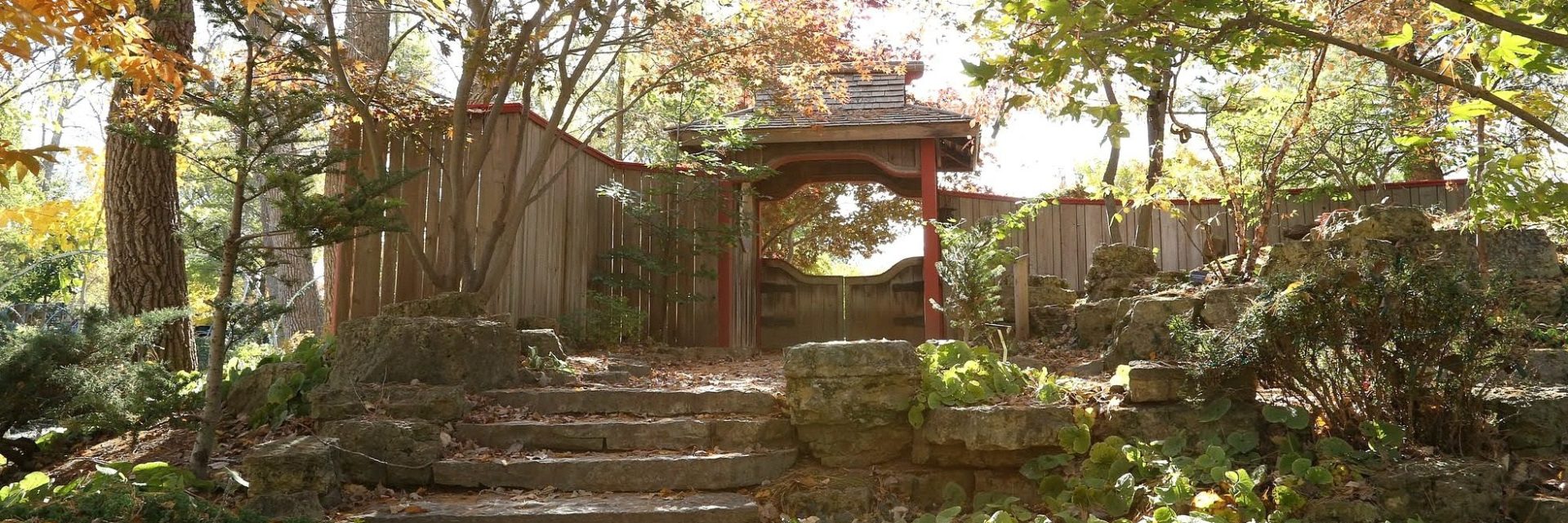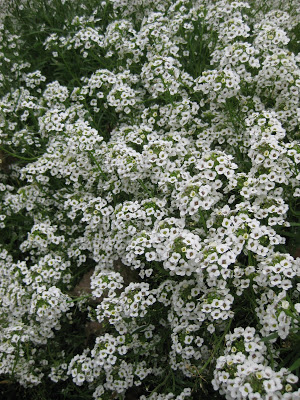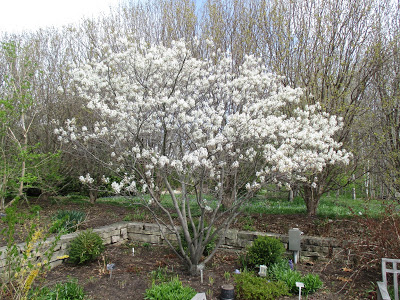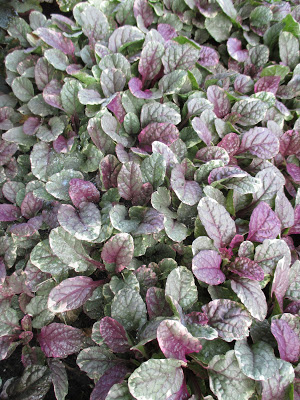


The cold weather had finally descended upon us with a high temperature today around 17 degrees F. The morning was chilly enough that we were all inside the Horticulture Center working on plenty of tasks. The next couple of days will be frigid although a warm up later in the week should allow us to get back outside for more lights retrieval from the Holiday Light Show (HLS). The HLS had over 35,000 visitors this year which shatters the previous record last year of 27,000 attendees. The event isn’t over yet until the last lights are packed away…
Big John and Larry H. were processing lights this morning and had help from Marv and Alan with processing cords and more lights. Dr. Gredler was in for painting and Gene continued sanding one of our benches in need of that attention. Ron P. continued repairing lights and Maury ran errands for us. Our carpenters (Dave, Jim and Vern) had plenty of work to accomplish and Janice came in to help with some volunteer activities. We also saw Gary S. and many others today.
I’m convinced I haven’t blogged about serviceberries (Amelanchier sp.) in the past which is a shame as they are excellent in the garden. I consider them very impactful in both spring (with white flowers) and fall (with consistently excellent fall color). They also have excellent wildlife value with the summer fruits being devoured by a wide range of critters. Also called shadbush, shadblow, Juneberry, Saskatoon and other common names, serviceberries are in the Rosaceae family with 20 native species across much of North America. They cross readily so there are some hybrids that are quite exceptional with many of these “crosses” also occurring naturally. While serviceberries range in height from 6′ to well over 30′ tall in our climate, they mostly exhibit similar characteristics with grey bark, white spring flowers and excellent fall color. They are a nice small tree selection although some species fall in to the “large shrub” category. Serviceberries prefer moist but well drained soils and benefit from supplemental irrigation during a summer drought. Air circulation helps with some of the foliar diseases that might appear and the best looking specimens are those that are in conditions that mimic their native haunts (soils, pH, moisture, etc.). I have seen struggling serviceberries but usually that is a result of poor siting. Directly above is Amelanchier lamarckii which also has a great fall color. At the top and directly below is Amelanchier x grandiflora ‘Cole’s Select’ which is one of the best small tree forms. Photos further below help extol the merits of serviceberries in our garden settings. The fruits will ripen to a deep purple and become sweeter with time. Local birds will clean these off pretty quickly though so don’t delay if you want to nibble on some! The fruits rarely hit the ground as they are that coveted! Some nice fall color shots of various Amelanchier selections can be seen at the bottom.



The sunshine continued today although the remainder of the week may include freezing rain and some snow. Larry H. and Big John took advantage of the day though and headed right out in to the gardens to retrieve more lights and other elements of the Holiday Light Show (HLS) which had a great run over the past four weeks. We’ll be talking about how to improve this event in the future while it is fresh in our minds. The last two years have been wildly successful in terms of not only reaching fundraising and attendance goals but also bringing new folks to the gardens; including lots of children and young families. Russ and Eva stopped by to drop off some donated lights for the HLS. Larry O. stopped by and it was great to see him. We also saw Bill O., Maury, Chuck S., Marv, Dick H., Rollie, Dr. Yahr and many others today. Kay and Alan also came in to help retrieve lights in advance of the sour weather heading our way. Urban and Janet M. started processing some of the lights that have already arrived at the Horticulture Center. I ordered from my first seed catalog yesterday and will try to get through a couple each day if possible in between other projects that involve finishing 2015 or forging ahead in to 2016!
All of these blog photos (shot by me this past summer) are of a neat annual called nemesia (Nemesia sp.). Nemesias are native to South Africa with many different species naturally occurring in that region. Cultivated varieties are typically hybrids and you can see here the wonderful color range offered by this heavily flowering plant. The variety above is called ‘Honey Bicolor’. The flowers, while quite small, come out in abundance and if you look closely, they have an upper lobe and lower lobe. Some describe them as “orchid-like” in appearance and you’ll note the upper lobe has four “sub-lobes” and the lower lobe has two “sub-lobes”. Used in mass plantings, as edging, in containers, etc. are common options and nemesias prefer full sun and rich soils. They also benefit from frequent fertilization and can be pinched back or trimmed back for another flush of blossoms. It is important to note that in our climate, the hot summers are tough on these plants as they will thrive only in the cooler portions of the year. They grow strongly for us in late April through late June and will also look great in September until a hard frost. We use them much like you would pansies (Viola sp.) as “cool season” options. They rarely look as full as you see here in the dead heat of July and August although some varieties are being bred for more summer heat tolerance. In essence, we’ve used them out in early Spring containers or bedding arrangements where they will thrive until July and are then removed with more heat tolerant annuals then taking their space. They can be left in place however although their blooming will be quite thin until cooler weather returns in very late summer. I was amazed at how well all of these looked when I photographed them in early July (2015) but realized we had a very cool spring and early summer and I’m sure these had been sheared and fertilized as well. Most selections will be between 12″ and 24″ in height and they sure pack a punch of color when sited in a nice location. Many varieties are offered as plants (vegetatively grown) in early Spring and there are many varieties that can be started inside from seed.